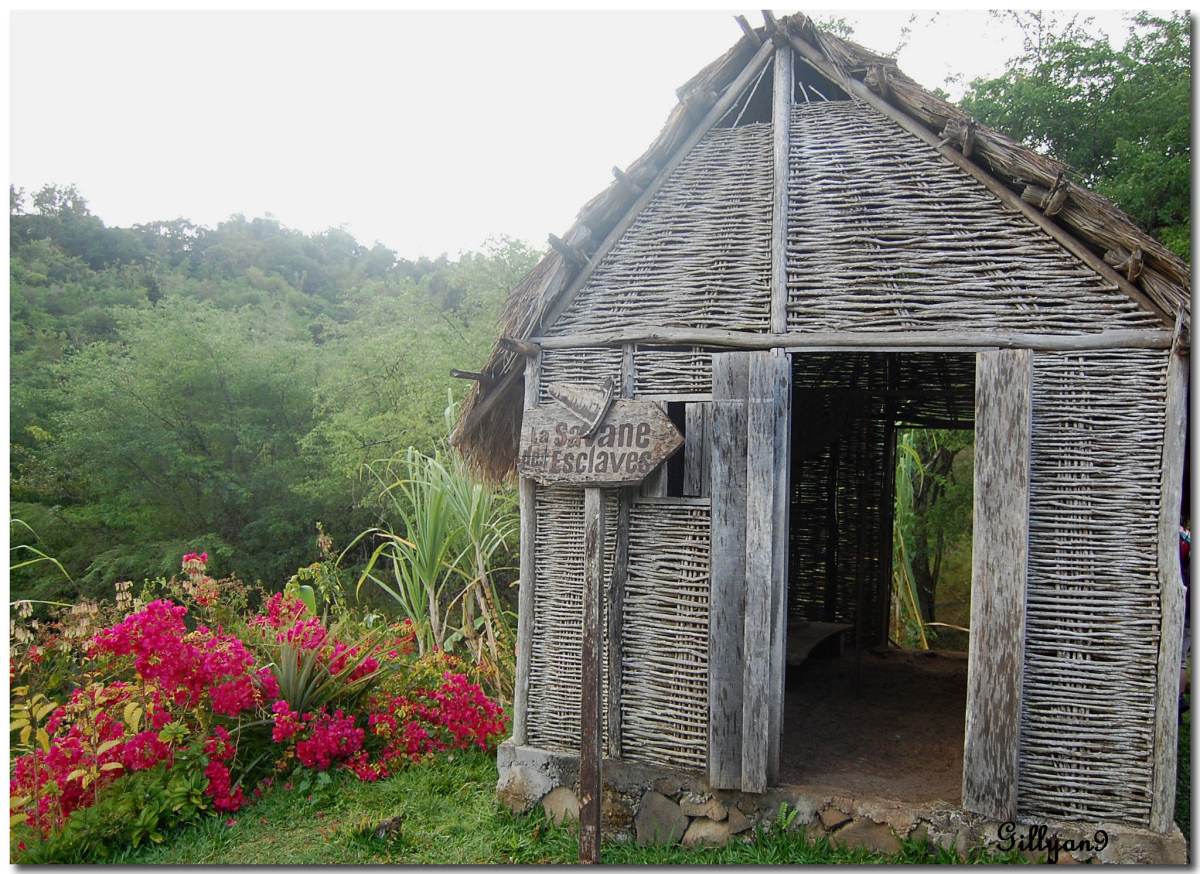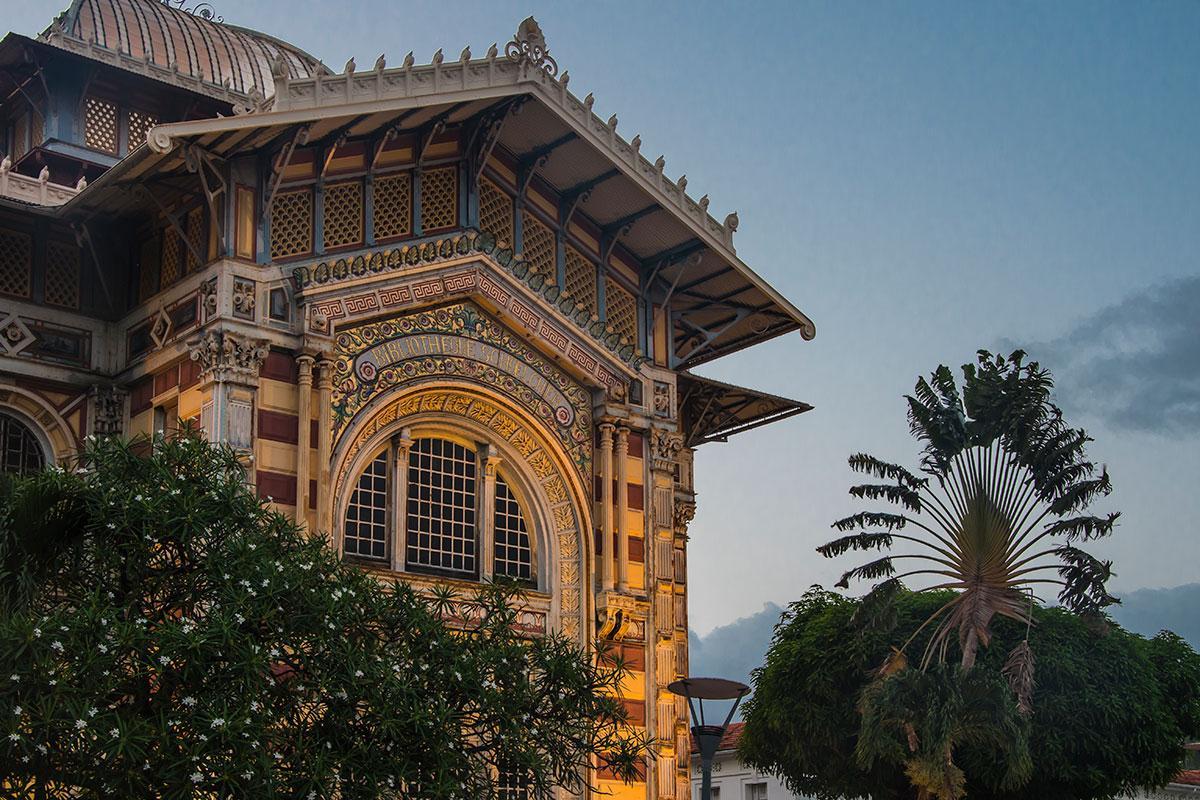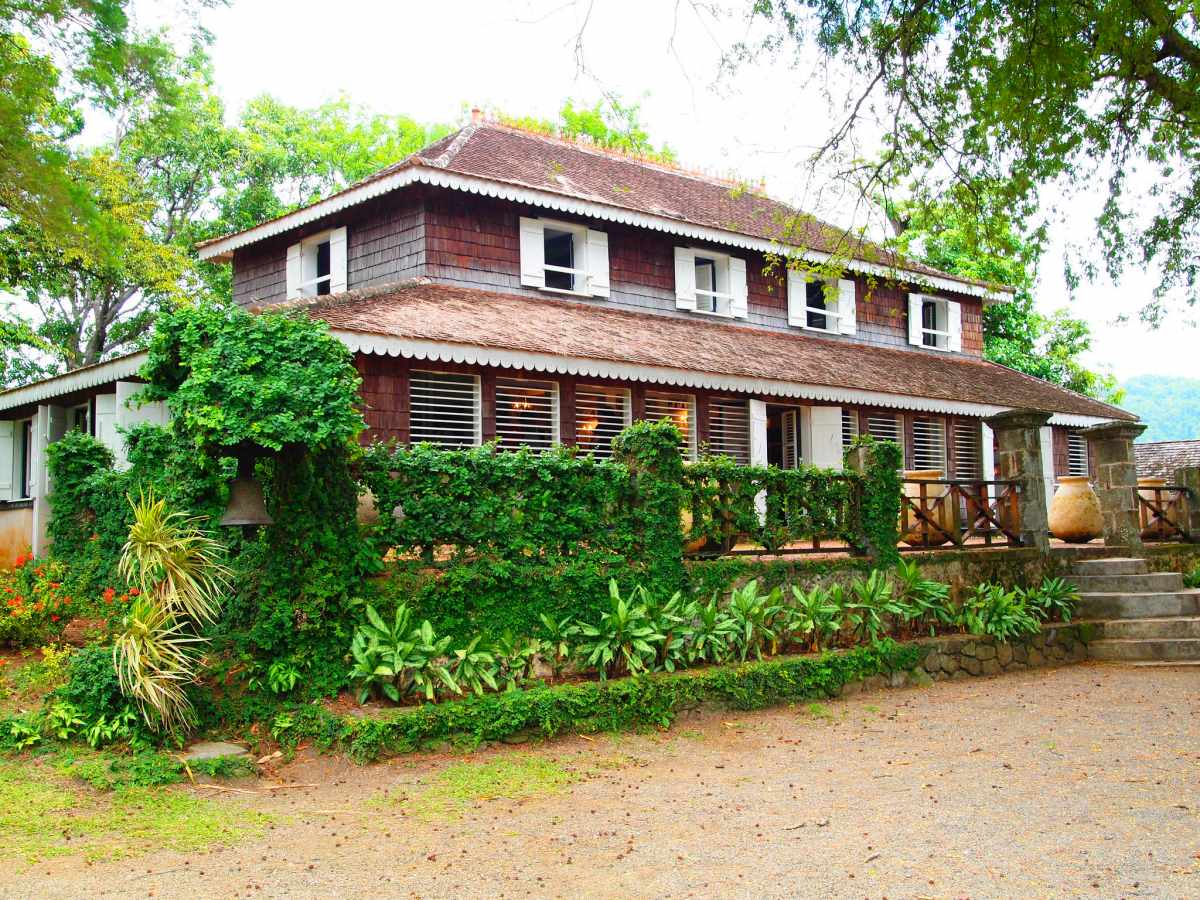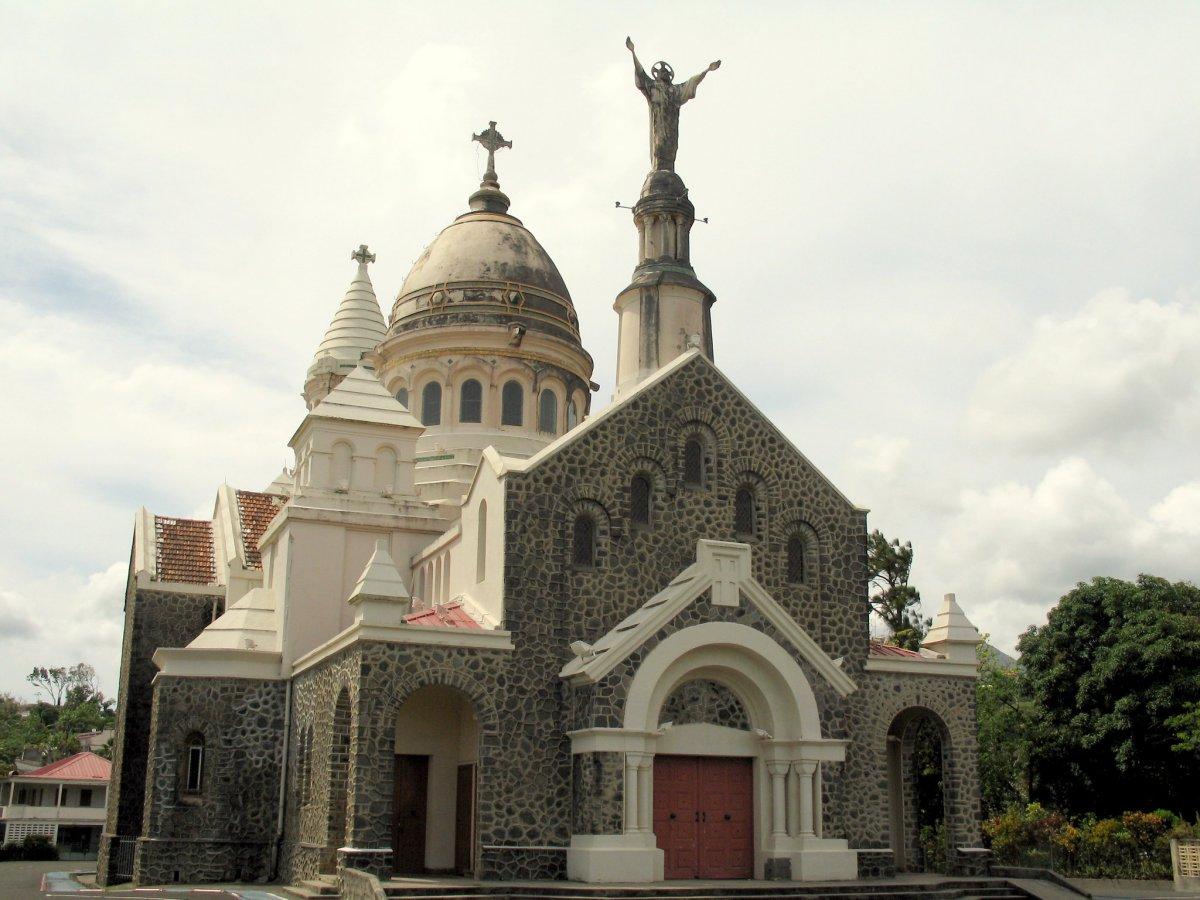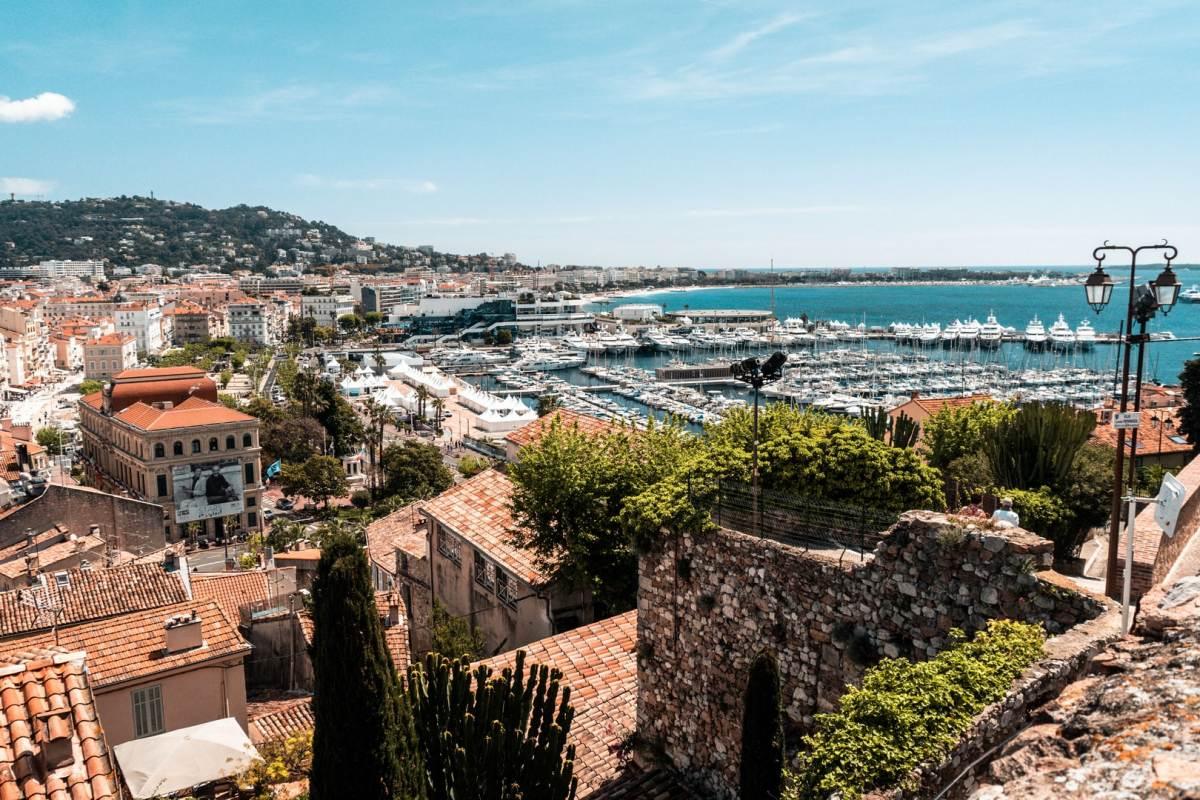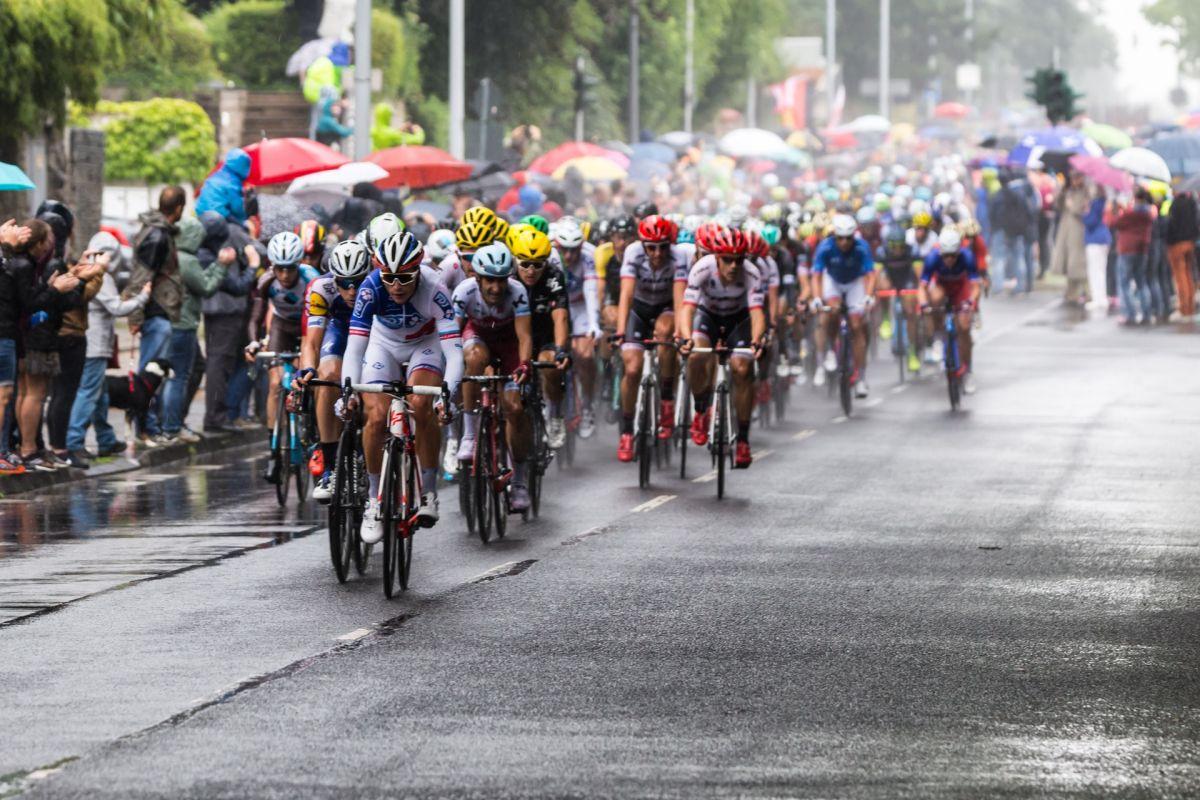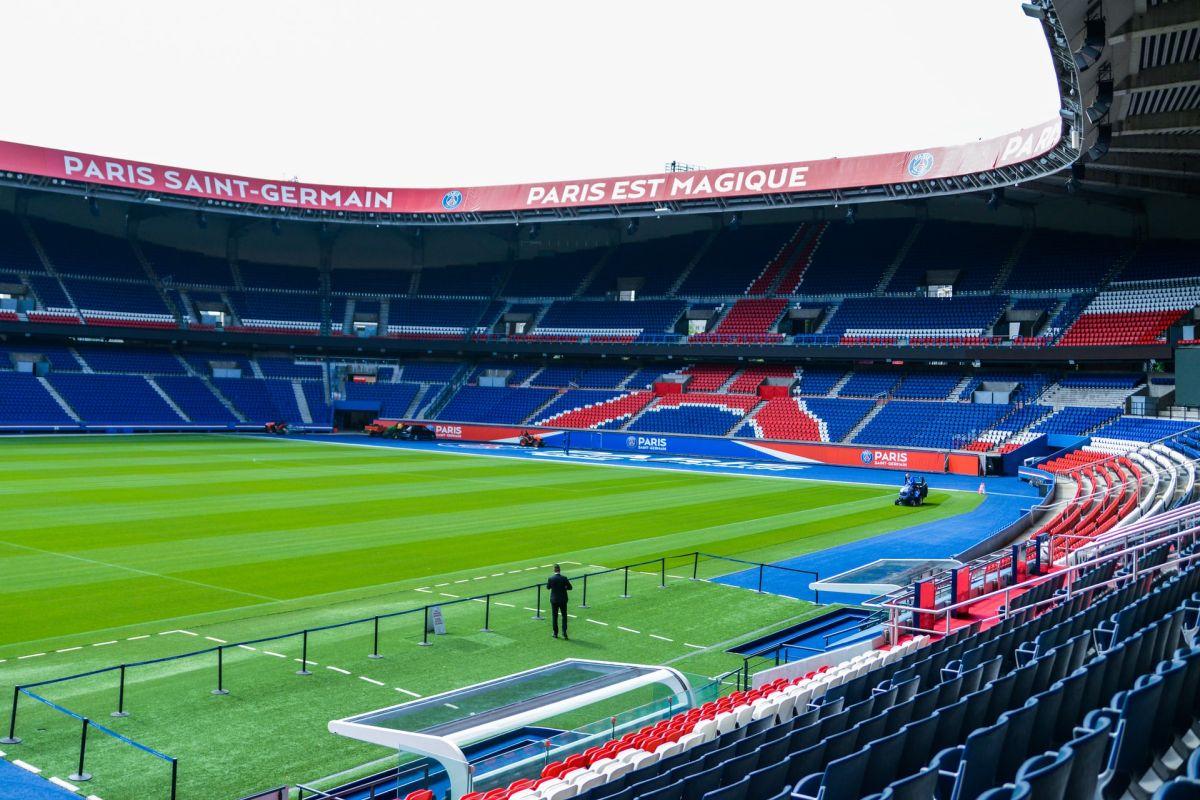25 Interesting Facts About Martinique, France
Nestled between the Caribbean Sea and the Atlantic Ocean, Martinique is a wonderful island part of the French West Indies. This small piece of paradise has an incredibly rich natural heritage and an authentic culture that makes it a great holiday destination.
But did you know that Martinique is one of the biggest island of the Lesser Antilles archipelago? Or that Martinicans are of extremely mixed cultures?
Let’s discover together more about this island that is part of France through these 25 interesting facts about Martinique! 🏝
Facts on Martinique to Learn All About It
Ready to learn all about Martinique?
Facts are one of the best ways to learn more about something, and I personally love to read them! I’ve put together for you quite a bit of Martinique island facts; I’ve split them in 4 categories:
- The best Martinique facts
- Martinique fun facts
- Martinique facts for kids
- General facts of Martinique
Let’s dive in straight away with our first category!
The Best Martinique Facts
The region of Martinique is part of France, and has definitely some interesting facts that you will want to learn about. In this first part, it will be about the general best Martinique facts. 🔎
1. Martinique has been inhabited for more than 4,000 years!
Just like most of the Caribbean Islands, Martinique has been inhabited for a very long time. In fact, the Arawak were there first, before being replaced by the Caribbean Indians. Both of them originated from where Venezuela currently stands.
Also, like most countries on the American continent, the Natives were later kicked out, enslaved or killed by the Europeans ever since Christopher Columbus settled there.
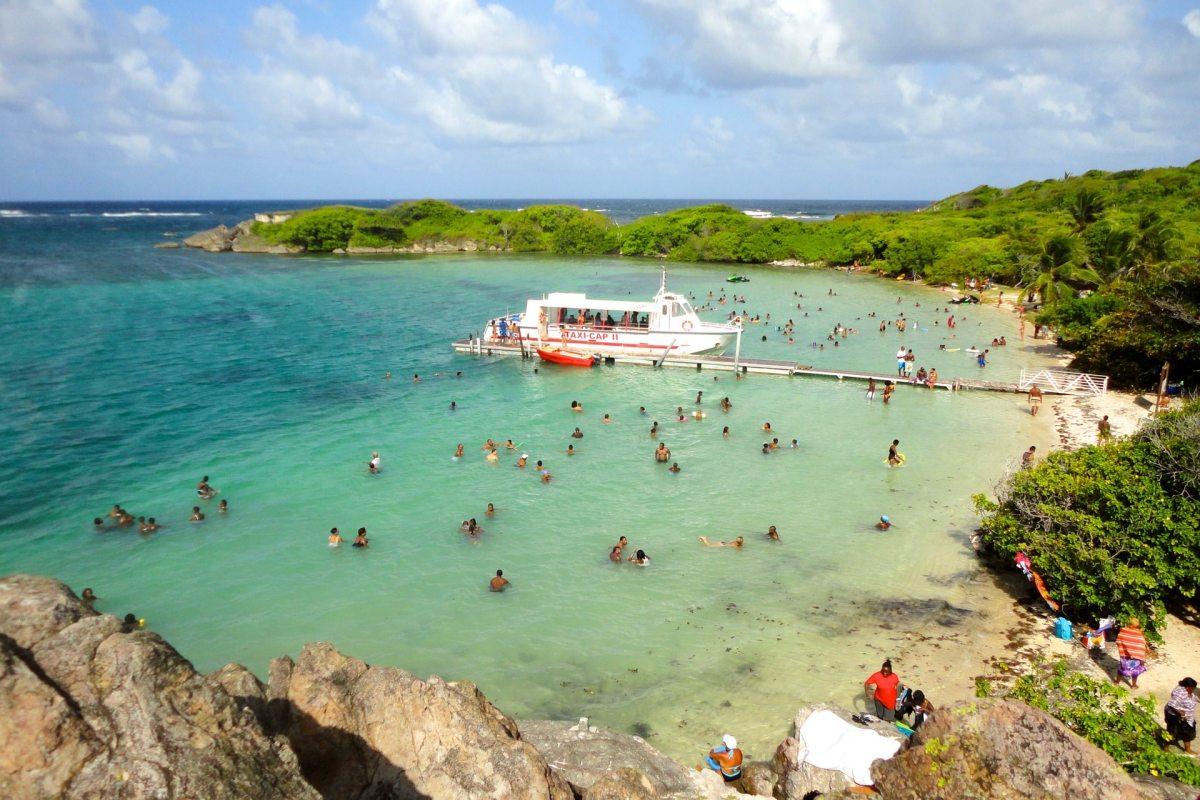
2. Martinique has sacrificed a lot during World War I
World War I is infamous for being one of the bloodiest wars in history. The “war to end all wars” involved 70 million military personnel, and saw 8.5 million soldiers as well as 13 million civilians perish. On top of that, it created the Spanish flu pandemic, causing from 17 to 100 million deaths worldwide.
As for Martinique and the nearby islands, 23,000 soldiers left Fort-de-France to fight in that war.
3. Slavery is very well depicted in the “Savane des Esclaves”
If you want to learn about the history of Martinique, you should definitely head to the “Savane des Esclaves”, which means Slaves’ Savannah.
You will see 400 years of the history of the island, with a re-enactment of a Native village, as well as the lifestyle of slaves in Martinique. You can also discover how people in the countryside used to live up until 1960.
4. The most visited building of Martinique is the Schoelcher library
The wilderness, the peacefulness and the tropical landscapes are most definitely what tourists enjoy the most about Martinique, but there are also some very interesting places to visit, like the Schoelcher library.
This architectural marvel is more than 100 years old and is a public library in which you can read or discuss with others.
5. “Habitation Clément” is a unique combination of industry and culture in Martinique
The “Habitation Clément” is a one-of-a-kind place. It is a vast agricultural area in southwestern Martinique. Its most important feature is an 18th century house, declared a historical monument in 1996, in which you can see a contemporary art center as well as a reputed rum house.
This place is perfect for children, as they can learn more about the most important parts of Martinique’s history.
6. There is an active volcano in Martinique: Mount Pelée
Mount Pelée is located in the North of Martinique, and is to this day still an active volcano. Its name is translated to “bald mountain”.
The most recent eruption of Mount Pelée dates back to 1932, but the deadliest one took place in 1902. Within a few minutes, from 29,000 to 32,000 people were killed, and the town of Saint-Pierre was destroyed. Volcanoes are beautiful, but you always have to stay careful.
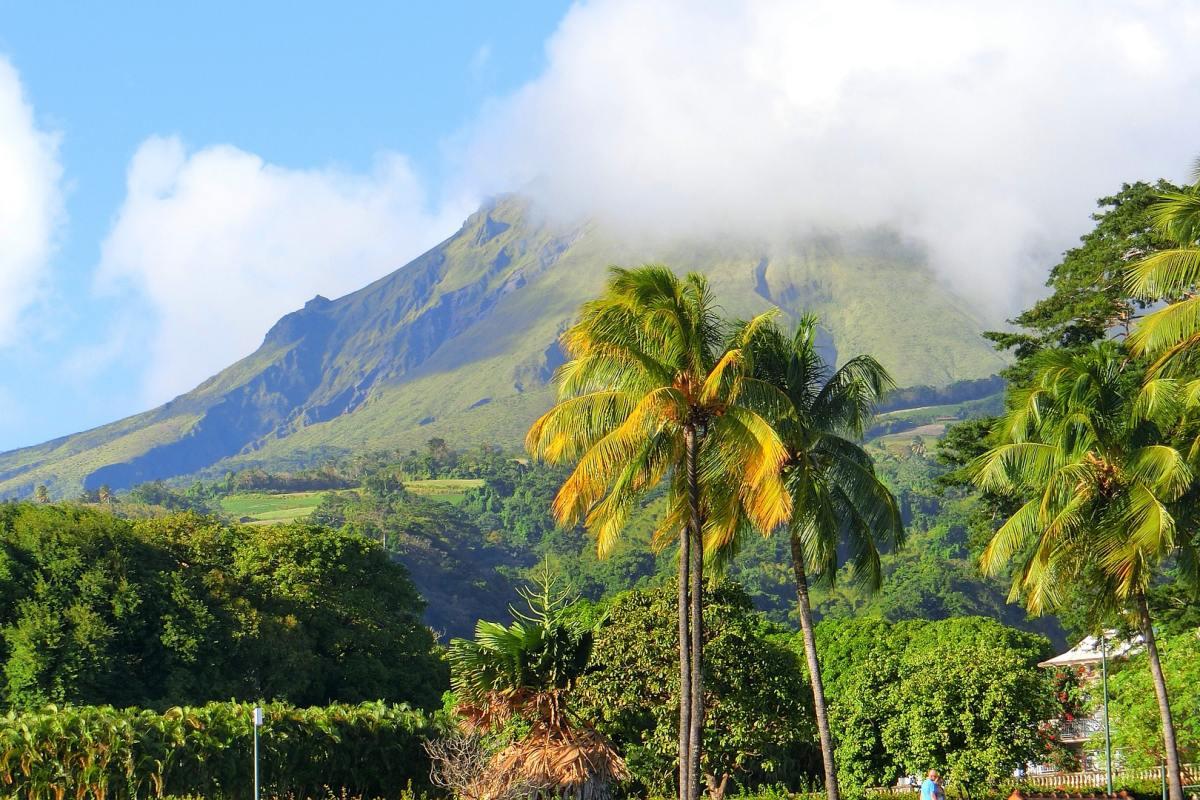
7. In the extreme South of the island lies a geological curiosity: the “Savane des Pétrifications”
The “Savane des Pétrifications” is located in the South of Martinique. If you like hiking, it is one of the best places in Martinique to do so. This path is of exceptional beauty and is part of the “Trace des Caps”, the longest hike of Martinique.
The area is a desert land. Its name comes from the wood and sometimes entire trees that were fossilized in the ground!
8. As you may imagine, the fauna is very developed in Martinique
Martinique is a tropical paradise and one of the best dream destinations in the Caribbeans. There, you can mostly see birds, fishes and shellfish. On top of that, small lizards and serpents can be found.
Lots of the wild animals of Martinique are endemic, which means they are exclusive to the island. The mongoose was artificially introduced by mankind, in order to fight snakes!
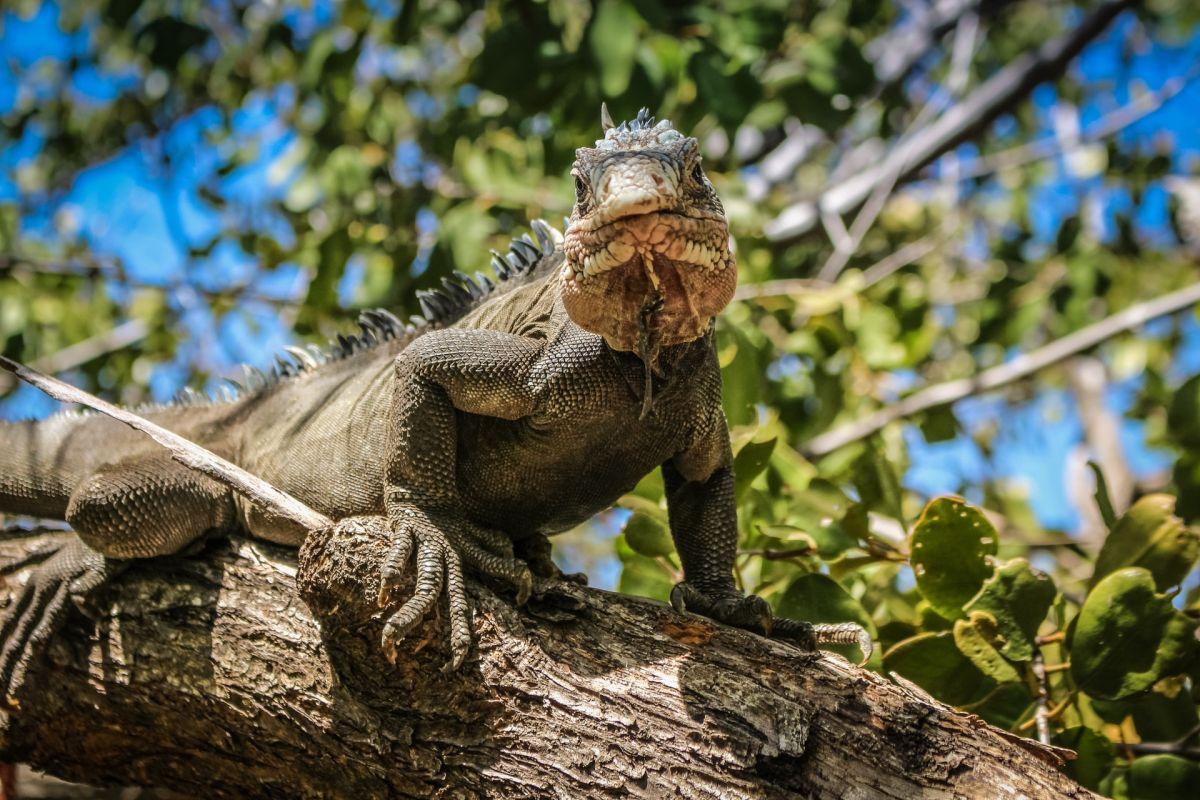
9. The population of Martinique is of mixed cultures
Martinicans come from very different cultures. Because of both history and colonization, lots of different peoples have lived on the island: Europeans, Africans, Indians, Asians, and so on and so forth.
This resulted in a population with different skin tones, coming from all around the world, gathered in this tropical and peaceful haven.
Read more: Learn more facts about French people
10. Martinique is richer in terms of tradition and culture than you might think
You might not think of a colony, which suffered a lot from slavery and successive peoples, as a traditional and cultural land, but that is exactly what Martinique is. Lots of different areas have a very strong heritage, like craftsmanship, literature, music, dance, lifestyle and gastronomy.
So if you expected to just sunbathe and relax, think twice: there is a lot to learn about the island!

11. Catholicism is still very strong in Martinique, despite the numerous existing religions
There are several religions in Martinique. Most of them are based on the Bible, and Catholicism is by far the most important one. In every town or village, it is represented, and several historical monuments are dedicated to Catholicism, like two cathedrals.
The other important religious people are Jews, Jehovah Witnesses and Muslims (since the 1970s).
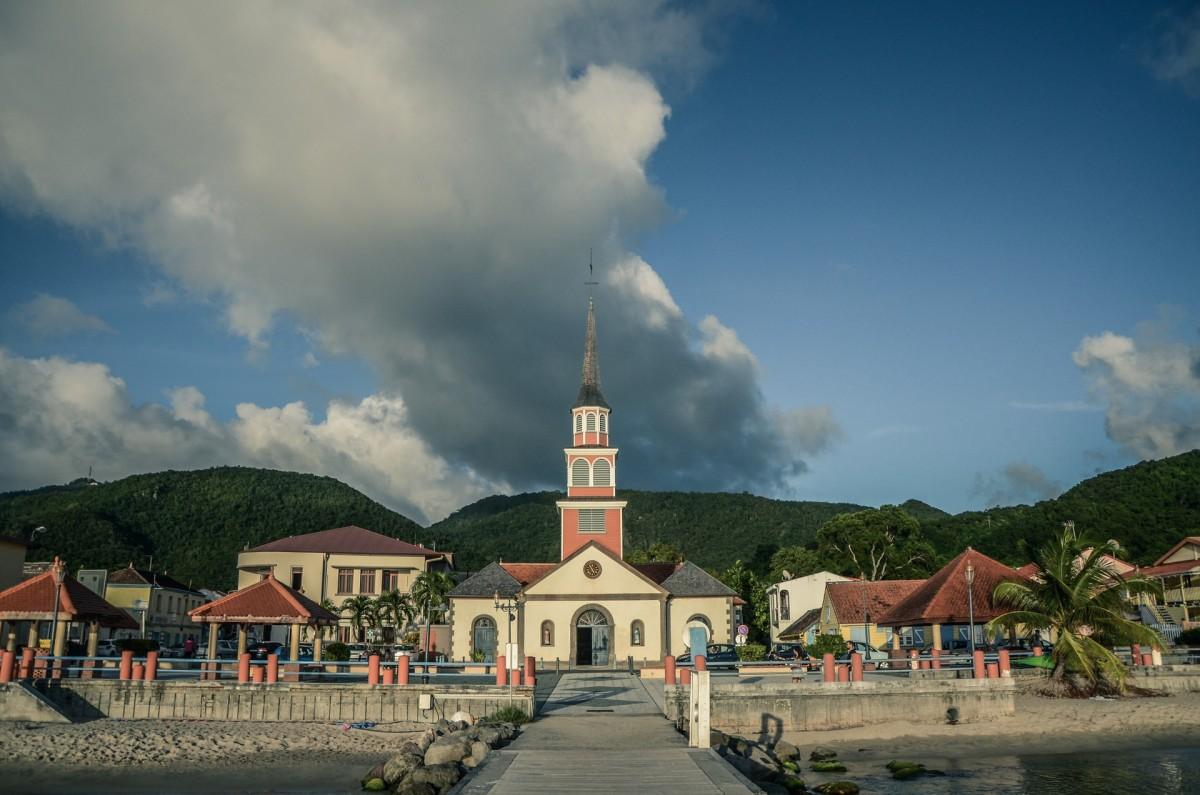
Saint-Henri church in Anses-d’Arlet, Martinique
12. There are no less than 4 different flags referring to Martinique
That’s right, there are not one, nor two but four different flags for Martinique!
The first one is the official flag, in use since May 10th, 2019. It is called “Ipséité” and is what is used to represent Martinique in sports. The second one is a nationalist flag, red, green and black. The third one is a blue flag with four snakes, representing the Royal French forces. Finally, the official flag… is the French flag!
13. Unlike what most people expect, there are actually almost 90% of Martinicans living in an urban area
If you imagine Martinique as a tropical island, filled with fauna, flaura and wonderful landscapes, it is hard to imagine that almost all the population lives in an urban area.
In fact, 89% of Martinicans stay away from the wild. Lots of inhabitants emigrate to France to find jobs, and a quarter of the population lives in the capital city, Fort-de-France.
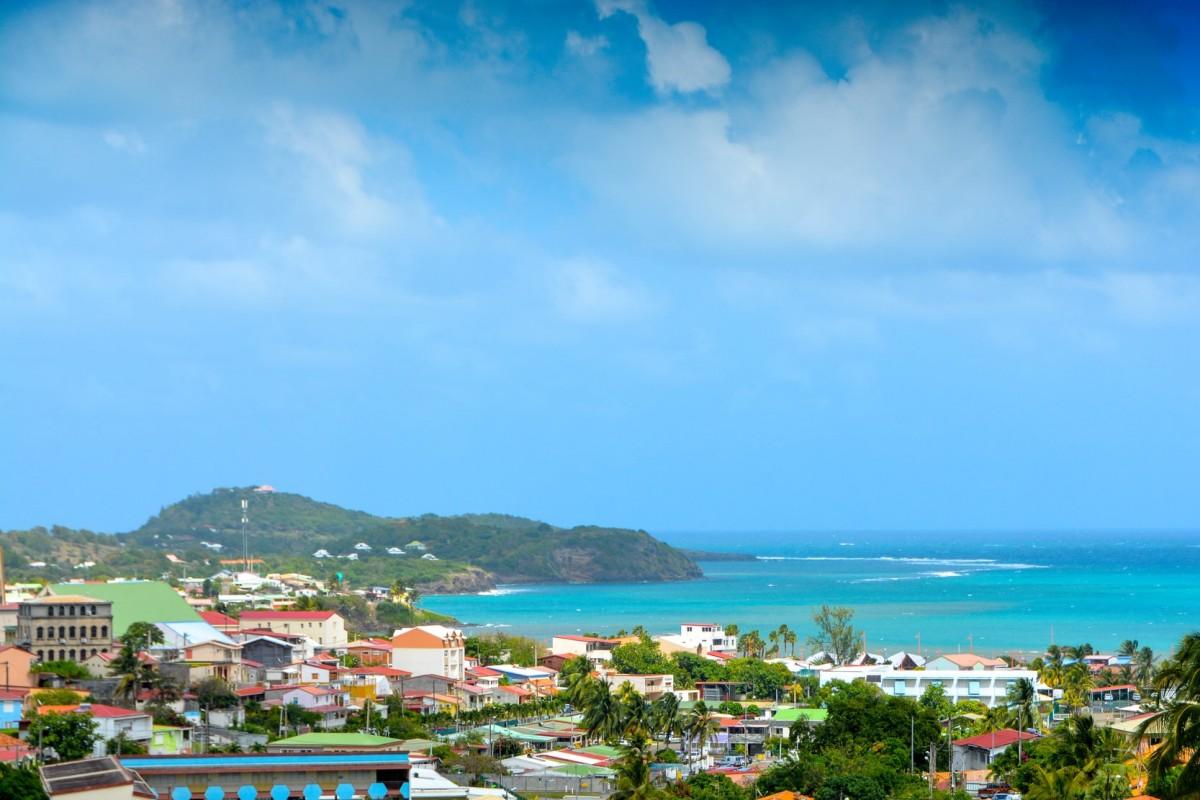
Le Vauclin, Martinique
And that’s it for the 13 best facts about Martinique. Onto the fun part now.👇
Martinique Fun Facts
Every place has unusual and funny facts that you should know about. For Martinique, I have 6 of them for you.
14. There is a small Sacré-Coeur in Martinique
You have probably heard of the Sacré-Coeur basilica, one of the most iconic landmarks in Paris. Its mythical white dome gazes over the French capital on top of the Montmartre hill.
In Martinique, you can find some sort of a replica of the Parisian basilica. The Balata church is located 7 km / 4.3 mi away from the capital, Fort-de-France, and its interior follows the plans of Paris‘ Sacré-Coeur.
15. In Martinique, you can sunbathe on a lot of black sand beaches
The volcano of Martinique, the Montagne Pelée, has shaped the island in many ways.
To this day, it is still active, and is located in the North-West of the island. There, you can find a lot of black sand beaches, obviously originating from the nearby volcano. If you want to sunbathe in a very unique way, this is definitely something you should try!
16. The Martinican rum is the only one with an AOC label
What you have seen in “Pirates of the Caribbean” is not a myth: rum is very renowned and spread in all the Caribbean Islands.
In fact, the Martinican rum is made up of cane juice, and it is the only one in the world with an AOC label, since 1996. This means that the different fabrication steps take place in the same geographical area.
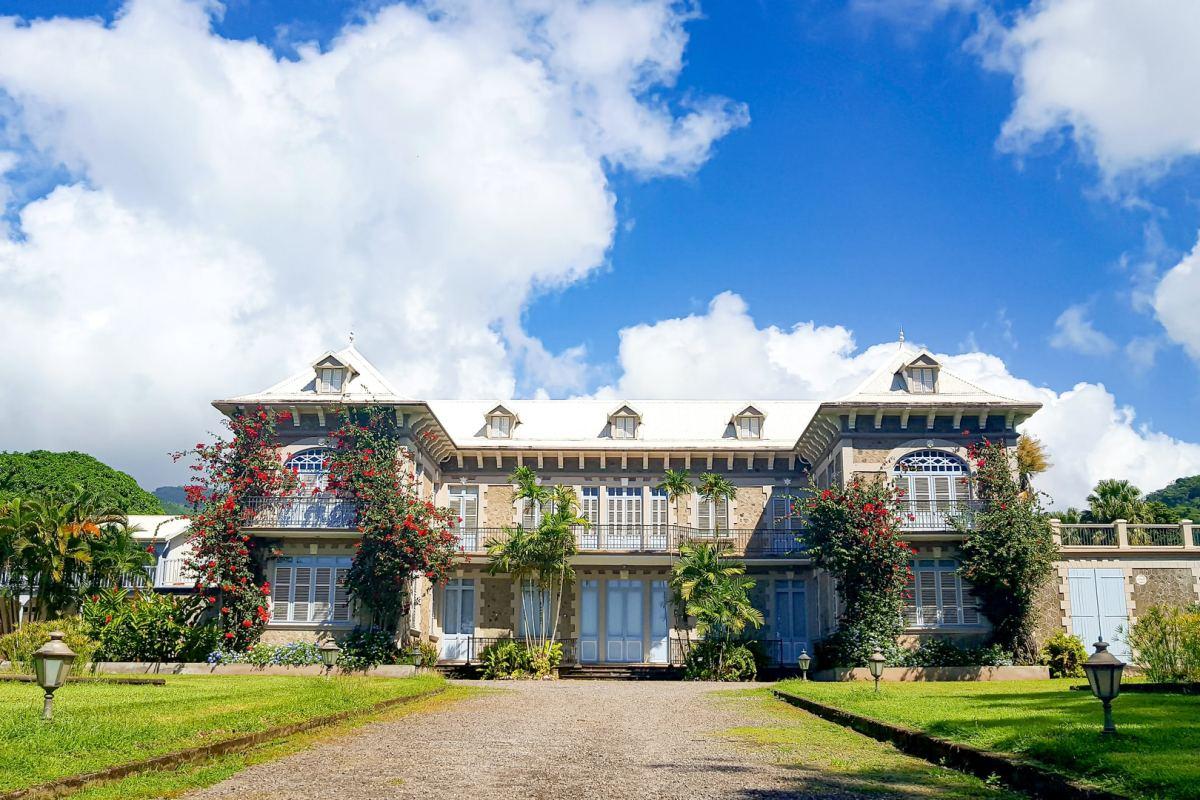
The Depaz distillery producing AOC agricole rum in Martinique
17. The statue of Joséphine de Beauharnais is… headless
In Fort-de-France, in the Savane park, you can see the statue of Joséphine de Beauharnais is headless. She was born in Martinique and was the first wife of Emperor Napoleon.
However, she was the daughter of a rich colonist, and she even suggested Napoleon to re-establish slavery on the island, so locals are not fond of her. Because of that, in 1991, a group of anarchists chopped the statue’s head off!
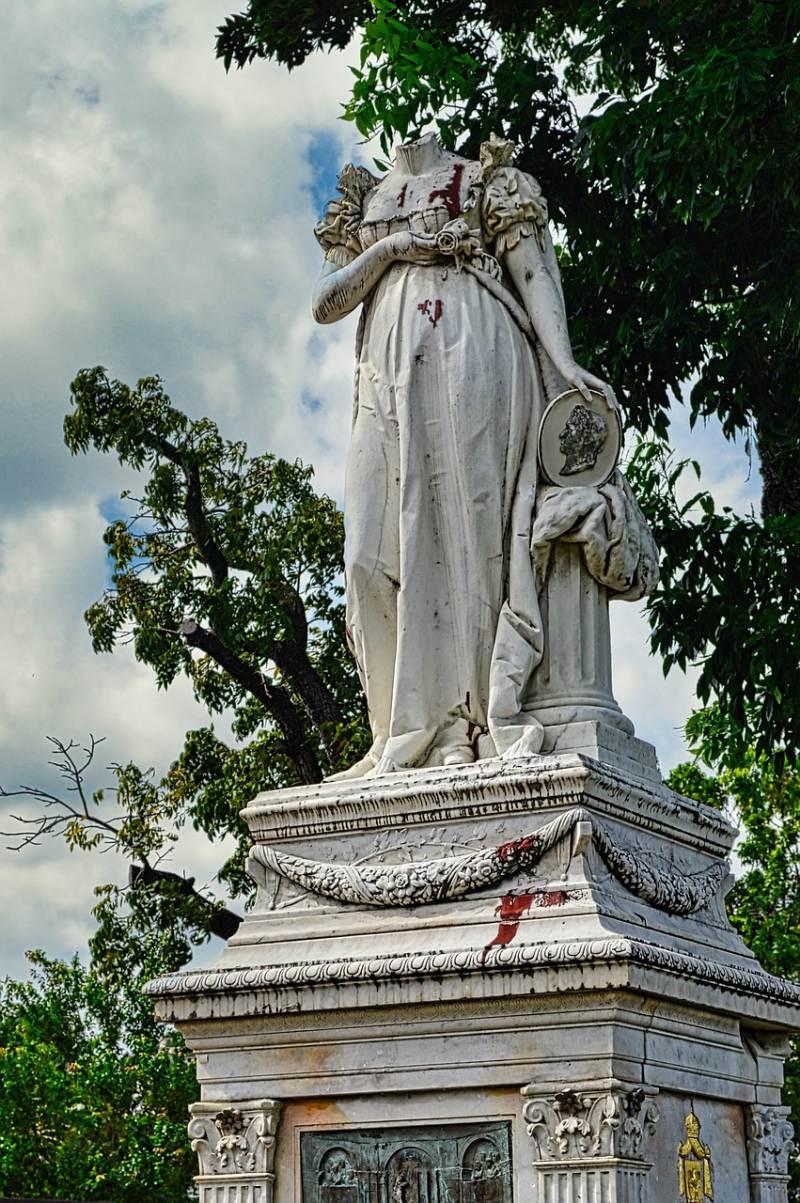
Statue of Jospéhine de Beauharnais in Fort-de-France, Martinique
18. There is only one sugar refinery left in Martinique
Martinique is fairly well known for its sugar production, historically. At the end of the 19th century, there were more than 500 sugar refineries on the island!
Sadly, today, there is only one left in Trinité, in the North-East of the island. Because of the development of beet sugar and the economic crisis following World War II, the industry started to crumble.
19. Just like all countries around the equator, there are only two seasons in Martinique
The temperature in Martinique stays approximately the same all around the year. Just like its neighbors, it only has two seasons: the dry and the wet season.
From December to May, the average temperature is 25 °C / 77 °F and the sky is very sunny, making it the ideal time for you to visit Martinique. The rest of the year is very very rainy and there are tropical storms.
So these were my fun facts about Martinique! The last part will be about facts for kids.👇
Martinique Facts for Kids
Though every fact on this list is suited for kids, I want to dedicate a special part to the youngsters. Eternally curious and thirsty for knowledge, I hope they will be happy with these 6 facts I have for them.
20. There is a very special type of forest in Martinique, the mangrove
The mangrove is often associated with a tropical environment, alongside the jungle. Basically, it is a forest with its feet in the water.
In Martinique, the mangrove is decently sized, with 1,800 hectares and 6% of the island’s forest area. If you want to see it, head to the center of the island.
21. Almost all the island of Martinique is considered as a natural park
There are 34 towns on the island of Martinique. What’s interesting is that 32 of them belong to the regional natural park of the island!
Martinique is simply that, a tropical paradise with a very developed fauna and flora, and fantastic landscapes. The goal of the natural park is to preserve landscapes, and to protect the lands while promoting the territory.
22. Martinique is the third biggest island of the Lesser Antilles islands
Located within the Caribbean, several of the Lesser Antilles islands are fairly renowned, like Martinique, Guadeloupe and Trinidad and Tobago.
With its total area of 1,128 km² / 436 sq mi, Martinique is the third largest island of the Lesser Antilles. Basically, it is 70 km / 43.5 mi long and 30 km / 18.6 mi long.
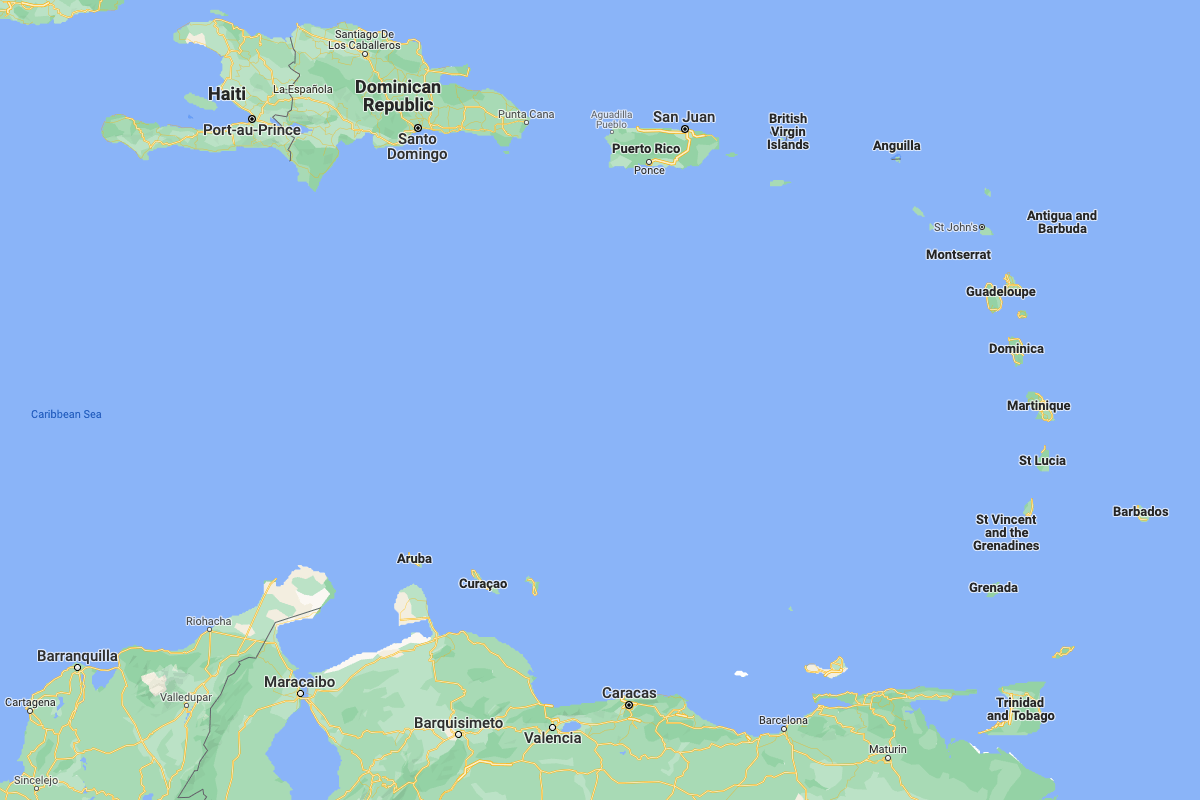
Map of the Antilles in the Caribbean Sea
23. The first name of Martinique was either Madiana or Madinina
The first inhabitants, the Taïnos, named the island Madiana or Madinina, which means “island of flowers”. It could also have been Matinino, meaning “island of women”, at least that’s what Christopher Columbus understood when he first visited the island in 1502.
According to some other people, the island was originally called “Jouanacaëra” or “Wanakaera”, meaning the “island of iguanas”.
24. The capital city of Martinique is Fort-de-France
Not only is Fort-de-France the capital city of Martinique, but it is also one of the major cities in the whole Caribbean.
The first name of Fort-de-France was Fort-Royal. The most well known city in Martinique is Saint-Pierre, which overshadows the capital. During the French Revolution, Fort-Royal became Fort-La-République, before finally becoming and staying Fort-de-France.
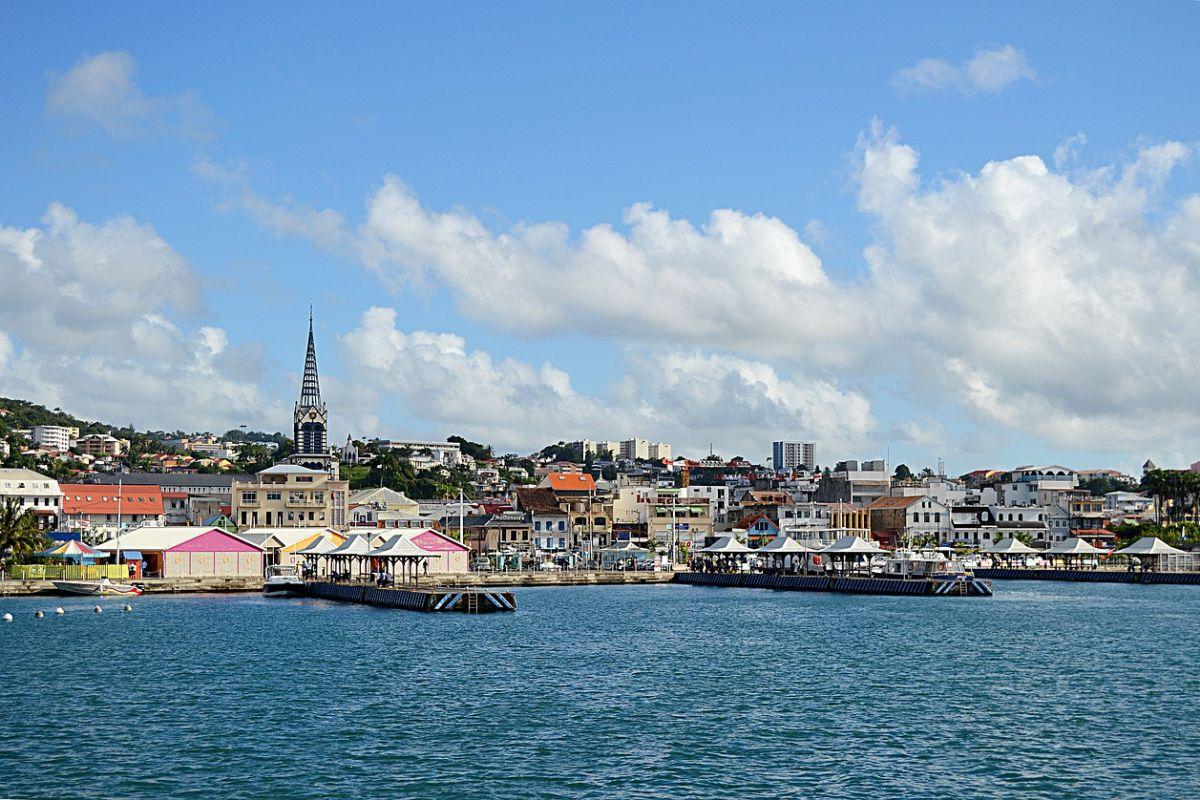
Fort-de-France, Martinique
25. The GDP of Martinique is around 8.4 billion euros
The economy of Martinique, just like most paradisiac islands, heavily relies on tourism. Its agricultural production is relatively limited, and it gets lots of financial aid from mainland France.
Up until the beginning of the 21st century, the main products of the island were sugar and bananas. The production of sugar has declined, and most of the sugarcane is even used for making rum. Because of a pesticide, Chlordecone, fishing and agriculture had to stop for a while.
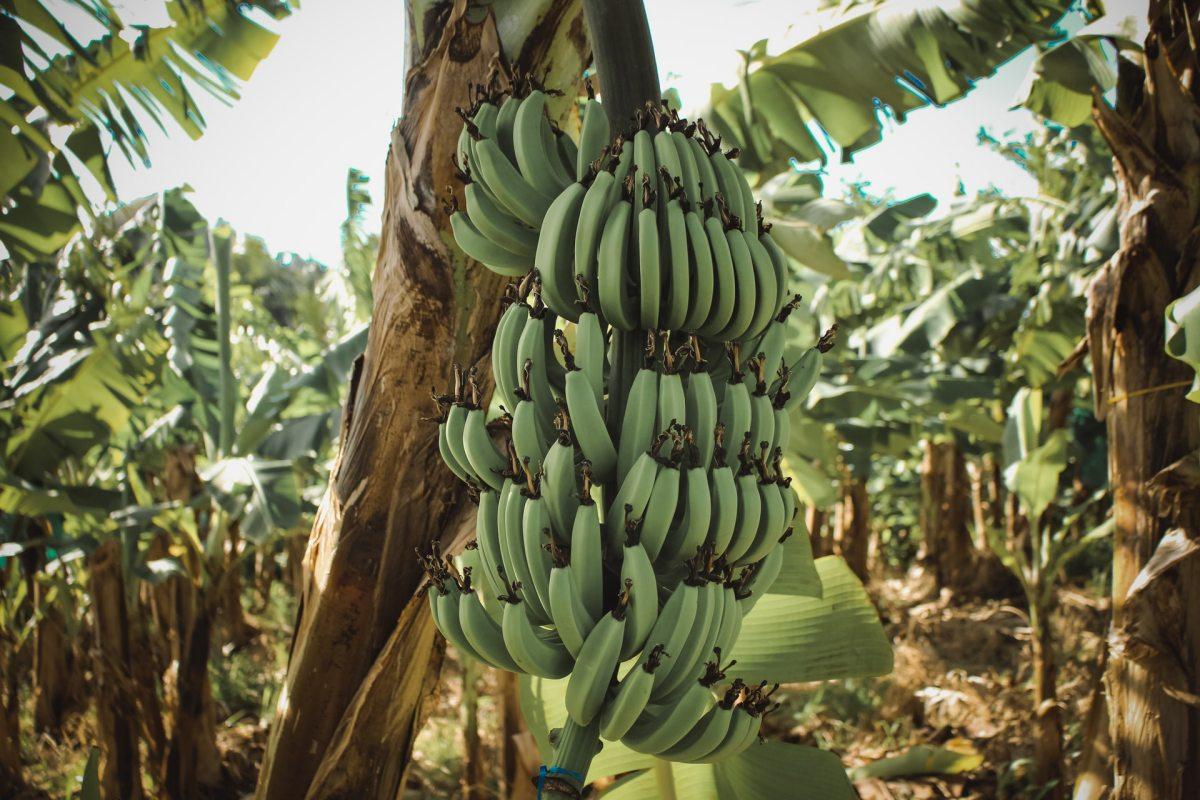
And that is it, these were all my 25 Martinique interesting facts. I hope you enjoyed them and that you learned something new today.
In case you want to learn more about the region, or the country as a whole, feel free to keep reading, as I still have lots of things to tell you about. 👇
General Facts of Martinique
You’ll find below a few general facts of Martinique, to learn more about this French region:
- Name: Martinique
- Land area: 1,128 km² / 436 sq mi
- Population: 375,000
- Name of inhabitants: Martinican (English) / Martiniquais, Martiniquaise (French)
- Website: Martinique
Martinique Flag
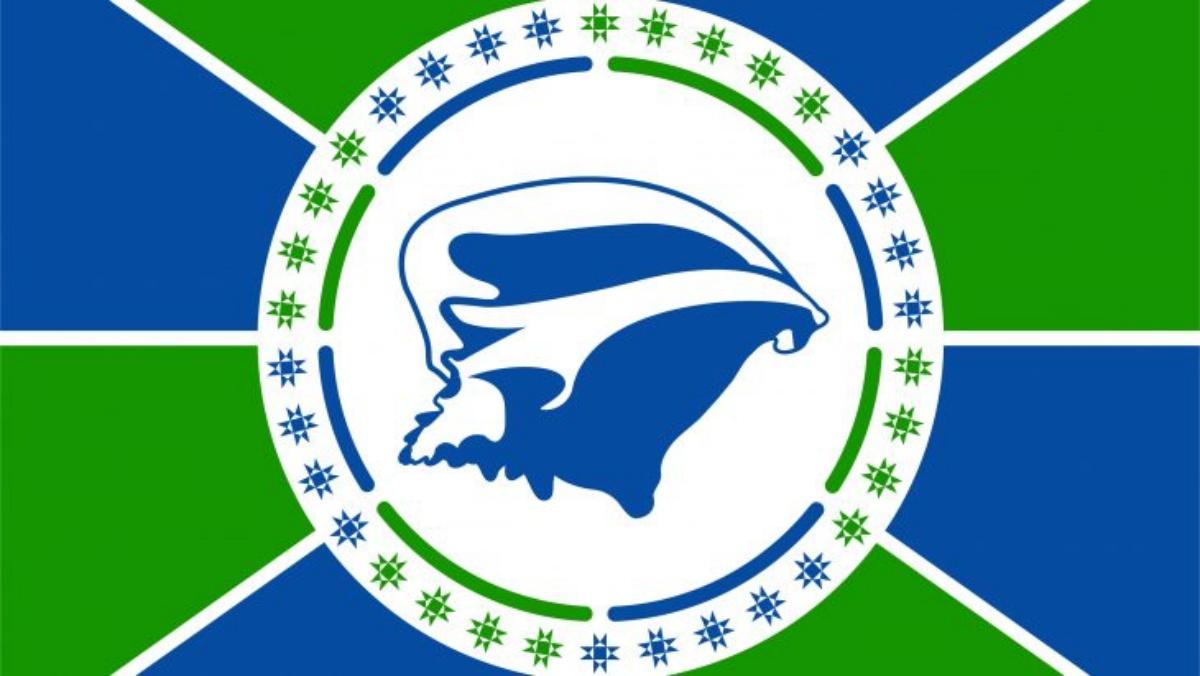
More Facts!
Want to learn more facts about France?
Well, I have other France facts posts I’m sure you’ll love reading!
Here is the main guide of the best France facts 👉 The 60 Best Facts about France
Check out these France facts by city:
- Facts about Paris
- Facts about Lyon
- Facts about Marseille
- Facts about Strasbourg
- Facts about Nice
- Facts about Bordeaux
- Facts about Toulouse
- Facts about Cannes
Or these French facts by region:
- Facts about Brittany
- Facts about Normandy
- Facts about Corsica
- Facts about French Guiana
- Facts about Guadeloupe
You can also check these French facts by topic:
- Facts about French food
- Facts about French people
- Facts about the Tour de France
- Facts about Christmas in France
- Facts about the French language
- Facts about French schools
- Facts about French cheese
- Facts about fashion in France
- Facts about Easter in France
- Facts about the French Alps
- Facts about Disneyland Paris
Or click here to see ALL the facts up on the blog! Spoiler alert: there’s A LOT of them.
The Full List of 25 Martinique Facts
- Martinique has been inhabited for more than 4,000 years!
- Martinique has sacrificed a lot during World War I
- Slavery is very well depicted in the “Savane des Esclaves”
- The most visited building of Martinique is the Schoelcher library
- “Habitation Clément” is a unique combination of industry and culture in Martinique
- There is an active volcano in Martinique: Mount Pelée
- In the extreme South of the island lies a geological curiosity: the “Savane des Pétrifications”
- As you may imagine, the fauna is very developed in Martinique
- The population of Martinique is of mixed cultures
- Martinique is richer in terms of tradition and culture than you might think
- Catholicism is still very strong in Martinique, despite the numerous existing religions
- There are no less than 4 different flags referring to Martinique
- Unlike what most people expect, there are actually almost 90% of Martinicans living in an urban area
- There is a small Sacré-Coeur in Martinique
- In Martinique, you can sunbathe on a lot of black sand beaches
- The Martinican rum is the only one with an AOC label
- The statue of Joséphine de Beauharnais is… headless
- There is only one sugar refinery left in Martinique
- Just like all countries around the equator, there are only two seasons in Martinique
- There is a very special type of forest in Martinique, the mangrove
- Almost all the island of Martinique is considered as a natural park
- Martinique is the third biggest island of the Lesser Antilles islands
- The first name of Martinique was either Madiana or Madinina
- The capital city of Martinique is Fort-de-France
- The GDP of Martinique is around 8.4 billion euros
Share the knowledge! Click on the buttons below to share these facts with your friends, and help them learn more about the world 🙂
